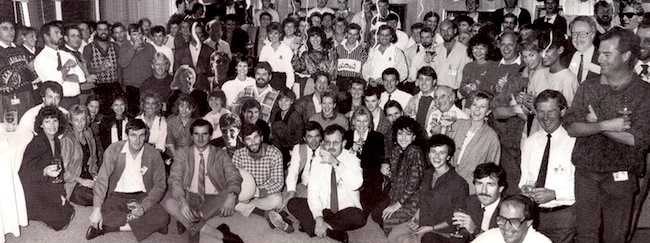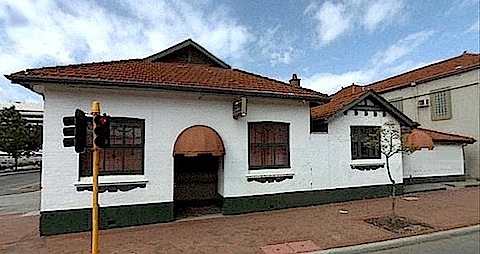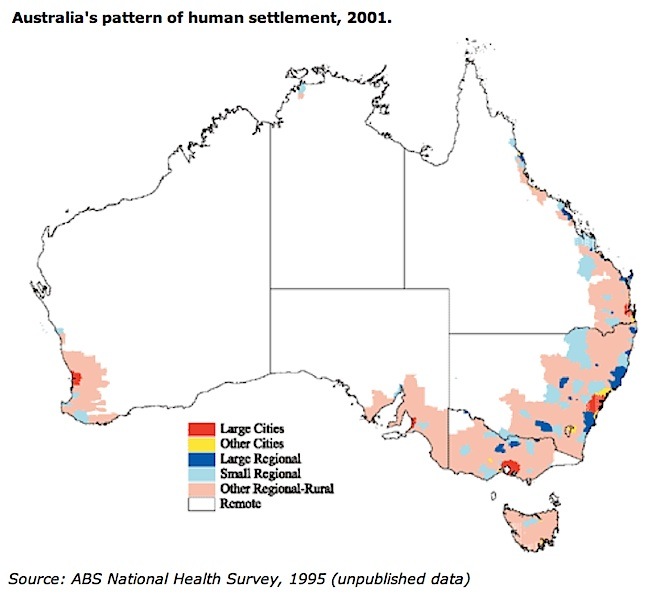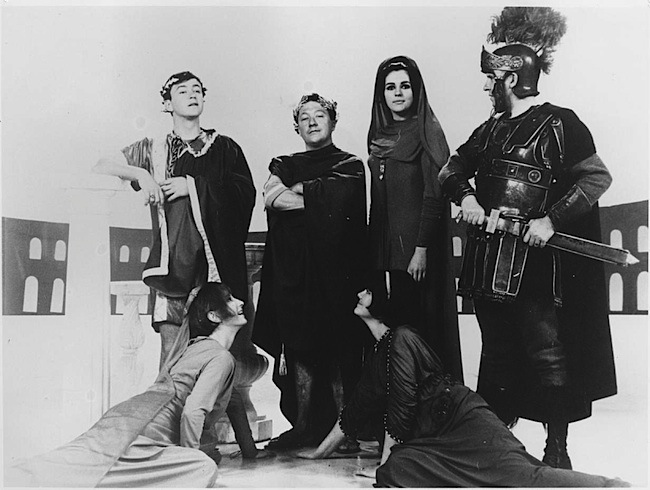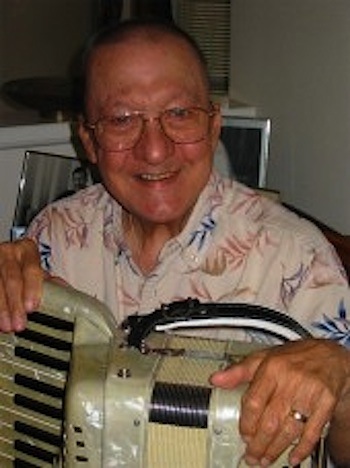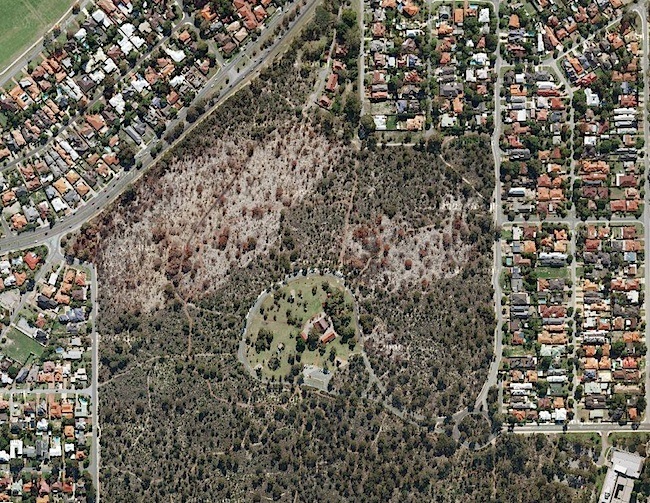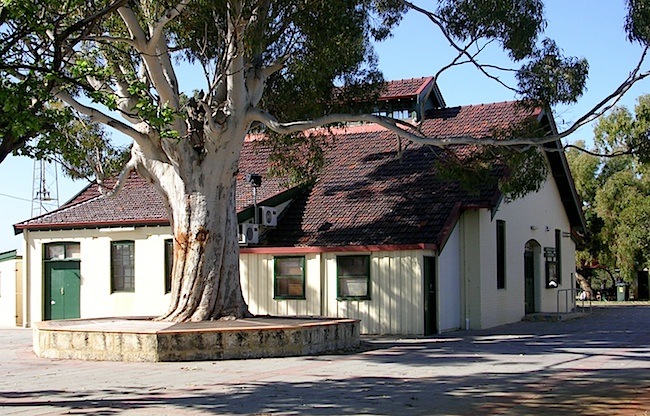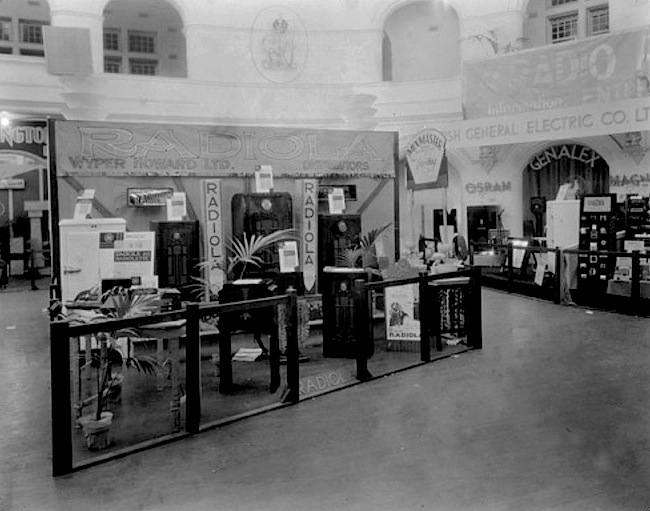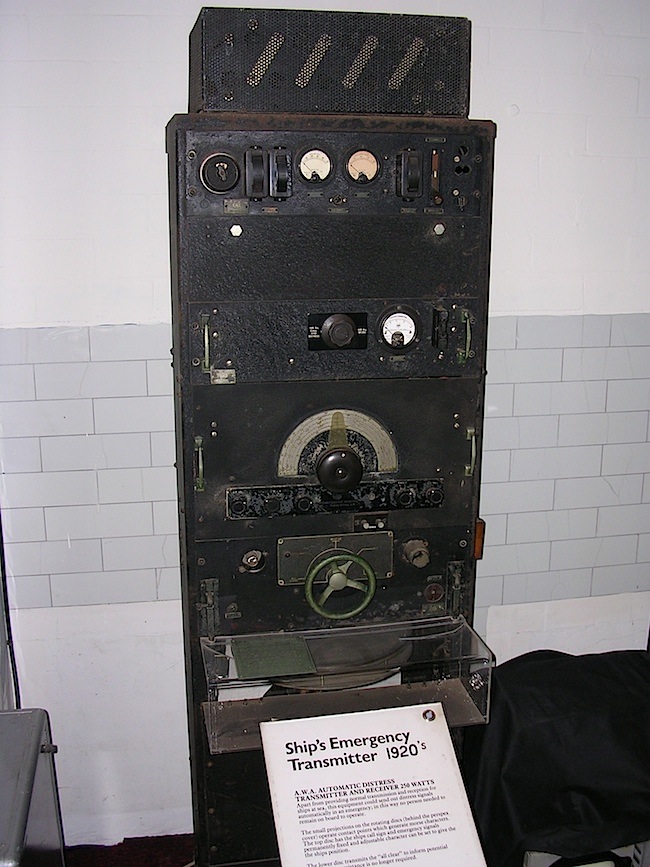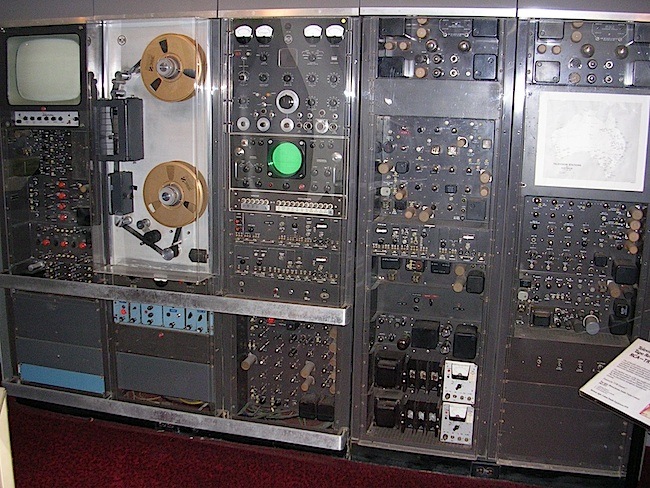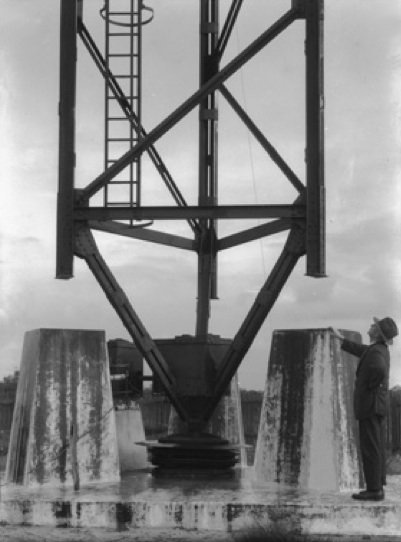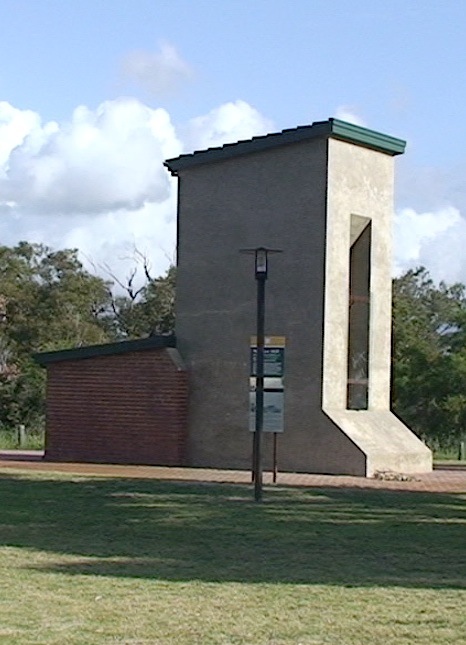Tribute to Maestro Peter Piccini (1936-2011)
The renowned Peter Piccini, Perth’s internationally acclaimed virtuoso of the piano accordion, pianist, composer, arranger, conductor, and master of music, passed away on Tuesday October 11th, 2011, at Murdoch Community Hospice, which is part of St John of God Hospital, and situated within the hospital’s grounds in the Perth suburb of Murdoch, Western Australia.
Peter was born in Sydney on June 4th 1936, the son of Pietro Piccinino (known as Peter Piccini Senior), from whom he acquired his skills with the accordion, for his father was himself an acclaimed musician. Piccini Senior emigrated from Italy to Australia in 1922 and started his musical career touring Queensland’s cane fields, entertaining workers, before moving to the cities of Sydney and Melbourne to perform on the Tivoli circuit, playing his accordion in a vaudeville act, and providing musical accompaniment for silent movies in Melbourne, then in 1934 he appeared in the sound movie “Strike Me Lucky” with Roy Rene. Piccini Senior also featured as a soloist with the Isidor Goodman Orchestra and appeared on all radio stations with Jim Davidson’s famous dance band and made many recordings with Regal Zonophone and Columbia Records. He also performed for the 2FC Jack Davey radio Quiz shows in Sydney.
Meanwhile, Peter Piccini Junior made his first solo appearance as an accordionist at a school concert when he was only seven years old and although he showed promise on this occasion he did not begin studying seriously until he reached the age of fourteen.
Peter Junior started broadcasting for national and commercial radio stations at the age of fifteen and appeared in many state performances. He subsequently went to Europe and England in 1955 to broadcast for the BBC, made several television appearances there and performed at the famous club Pigalle as accompanist for the French singer Line Renuld. During this time Peter also toured Italy with the famous Claudio Villa, one of Italy’s most respected and loved popular singers, appearing together on television, radio, stage productions and on recordings.
Peter Piccini Junior
During the early 1950s Piccini Senior moved to Perth, Western Australia with his son Peter Junior, both involved with a music shop specialising in piano accordions in Perth’s Forrest Place and Peter Junior was heard regularly on Perth radio with his father conducting piano accordion lessons.
TVW veteran Richard Ashton remembers Peter Piccini during the good times on the Peninsular in South Perth, as 16-17 year olds back in 1952, enjoying bonfire nights, parties and going dancing with mutual friend Jim Dyer, which gave him a break from music. His father used to say that he wanted Peter to meet ordinary young men, rather than be cloistered away concentrating on music studies all the time. A popular dance venue was the Kings Park Tennis Club where Jack and Jill Harrison entertained. Jack later joined Peter on his Clarion Record for Martin Clarke in 1974, titled Nostalgia Accordion. Other members of the band included Ray Walker on lead guitar and Bill Tattersall on drums, who both played with TVW’s “In Perth Tonight” orchestra. Many will remember Jack Harrison as the lead clarinettist with the WA Symphony Orchestra.
Peter appeared on Perth first television variety show Spotlight
When television was introduced to Perth in 1959, Peter became an often seen performer on Spotlight, as Coralie Condon fondly recalls.

In 1961, Peter was engaged to Sarah (Fina) in Perth, WA.

Followed by the wedding in the same year
Later in 1963 Peter Junior returned to Europe with his wife for a long stint performing with leading orchestras throughout the continent, returning again to Australia in 1965.
Peter on Tour in 1963 with Combo at the Astoria Lake Garda in Italy
On his return to Australia, Peter was appointed to the position of musical director for Channel Nine in Perth.
Peter as the musical director and performer at STW Channel Nine in Perth
The Channel Niners Club went to air live five days a week featuring Ron Blaskett, Gerry Gee, Peter Harries, Peter Piccini, Veronica Overton, Alan Graham, Bon McGuire and guest artists such as Pixie Hale.

Peter Piccini, Veronica Overton, Peter Harries, Alan Graham, Gerry Gee, and Ron Blaskett

Mad Hatter (Alan Graham), Dormouse (Peter Piccini), March Hare (Peter Harries) and Alice (Pixie Hale)
The Jeff Newman Show went to air every week with interstate stars and overseas acts. There were also many outdoor live TV shows.
Jeff Newman, Peter Piccini, Tricia Goldson, Lloyd Lawson, Cornelia France and Nola Smith
Peter also began broadcasting for the ABC.
In 1968, he toured the Far East and Vietnam with an all Australian concert party, entertaining the Australian and American forces as part of the official government Australian Forces Overseas Fund. A large crowd of troops were entertained by singers Kelly Green and Michelle Edwards, entertainers Ron Blaskett and puppet Gerry Gee, teenage singers John and Shirley Ried, comedian Peter Harries and musicians John Hunter, Guy Bart and Peter Pichini. Peter Harries compered the show.
Australian Colonel Peach, US General, Aust Lt. Bowles, John Hunter, Peter Harries, Kelly Green, Guy Bart (behind), Michelle Edwards, John and Shirley Reed (Same Day Twins), The Maestro Piccini and Ron Blaskett.
This was followed in 1972 by further tours of Europe and the USA. He was then back in Australia in 1976, at which point Peter became very busy recording with his orchestra.
Peter has thus performed in many prestigious venues, not only overseas but of also in Australia and particularly in Perth where he has been very much in demand as a leading arranger and conductor.
Peter in 1979 with Martin Clarke (hidden), Liberace and Jan Strasberg in Sydney, Australia
His recording career stretches back to 1958, with numerous covers and originals being released over the years on various labels, including Cetra and Clarion Records. The list of artists with whom Peter has worked is endless and just to name a few includes Frank Ifield, Graham Kennedy, Samantha Sang, Johnny Young, John Farnham, Denis Walter, Matt Monro, Bettie Curtis, Debra Byrne, Normie Rowe, Col Joy, Barry Crocker, Max Bygraves, The Deltones, The Drifters, Ricky May and the BBC Variety Orchestra.
In 2001 he released a CD “Cool Change”, with his Jazz trio. His sheet music for many of his compositions has been made available online as well as a number of accordion CD’s.
In 2002 Peter was added to the Australian Accordion Teachers Association (AATA) Roll Of Honour in appreciation of his contribution to the accordion in Australia.
Peter and his father also worked together on numerous compositions through the years.
In 2003, Peter released “Sounds Italian” accompanied by the La Tenda International Orchestra and vocalist Penny Walter, in which Peter played tunes written by his father. Peter Piccini Senior (1900-1989) composed the music and words, and Peter Piccini Junior arranged the music and performed.
Solitude – Peter Piccini
Peter Piccini
Peter Piccini playing Solitude on the piano accordion.
Chatanooga Choo Choo
AccordionJo
Peter Piccini – Chatanooga Choo Choo
Maestro Peter Piccini
Former STW Channel 9 Program Manager June Holmes sadly reports that the last time she saw Peter was in October last year and although he had not been well, he was happy. Coralie Condon knew Peter from the earliest days, including the first variety show on Perth television, and regarded him not only as an excellent musician but also a lovely guy. A sentiment echoed by Audrey Long (Barnaby) who emphasised that he was always a true gentleman.
Many thanks to Peter Harries for his tribute and STW photos, Terry Spence, June Holmes, Coralie Condon, Audrey Long and Richard Ashton for help and information, and the Peter Piccini web site for many of the other photos and biography.
Peter Harries tribute to Peter Piccini
To Whomsoever It May Concern
14 October 2012
I have a habit of telling those who become close to me of the respect, liking or love (sometimes all three!) that I bear towards them and so it is that I am glad to have written the following some years ago, soon after Peter was first afflicted. It is important to note that The Maestro was privy to my recollection at that time as I furnished him a copy. Too often, the things which should be expressed are left unsaid or un-recorded until it is too late and then only learned through an obituary…
I first met Peter Piccini the Second in 1954. He was helping his Father Peter Senior, tending customers in their Forrest Place music shop. Young Peter showed me the Hohner Chromatic Harmonica that I was seeking and then his Dad told me that the price was four pounds nine shillings and sixpence. That was about half my week’s wages working as a ledger-keeper in The National Bank in Waroona. As I was wavering, Peter Senior knocked five shillings off the price to seal the sale.
The next time that we met was on a cold Tuesday night in June 1966. Mervyn (now the well known artist Ian) de Souza, (with whom I had regularly performed folk-singing during the previous twelve months), had told me that he had a new job at The Nanking Chinese restaurant at 7 Belmont Avenue Belmont and that the manager Charles Wong was looking for a compere to replace Lenny Gluvers and host the entertainment. At eight-thirty that evening, the only people present were Mervyn, Charles, some staff and at the table nearest the bar, a sole truck-driving-type diner dressed in overalls sat consuming a large plate of steaming meat, vegetables and noodles.
On a small bandstand were three musicians. Peter Piccini playing piano, Alex MacMillan on bass and John Heddy the drummer. An attractive dark-haired, good-looking, young woman was singing. Her name was Robyn Withell. Mervyn introduced me to the Chinese boss. ‘What do you do?’ asked Wong. ‘I sing; play the accordion, guitar and drums and tell jokes! I’m on Channel 9 every day!’ ‘I don’t watch television!’ Wong stated, ‘but Mervyn tells me that you are funny. Come next Sunday night. You any good, we talk. Otherwise you get chicken chow-mein!’
I have always been lucky and the next day a couple of the girls on staff at Channel 9 came into the Production Office. ‘We’re starting a Social Club and want suggestions for our first party. We want to have it soon.’ ‘You’re in luck!’ I said, ‘There’s a new Chinese place in Belmont with a good band and a floor-show.’ The cost on Sunday evening through to Thursday was $1.50 for a 3-course meal with no corkage or cover-charge. It was only $2.50 on Friday and Saturday! No wonder they eventually went broke! The committee decided that it was a good idea and so, on my first night, most of the audience comprised some fifty or sixty of my fellow workers.
My previous experience in Cabaret was confined to regular three monthly visits to Chequers Chinese Theatre Restaurant in Sydney during the years 1956-58, where Joe ‘Chequers’ Martin was the resident singing Compere. I had never attempted ‘stand-up’ comedy, so decided to write out my jokes and paste them onto the pages of the Sunday Times. Perched on a stool, I pretended that they were actually articles in the paper. The first offering was: ‘Did you read this today? It says that two peanuts were walking along the street. One was assaulted!’ Strangely enough, it worked and I followed it with a series of well received jokes. The finale was a story about a German Officer and a young Parisian girl and concluded: ‘…then that lovely little French girl looked up from the bed and said: “Monsieur Lieutenant, een about three weeks time, you might have a rash. You can call it measles if you want to, but you don’t have to!’
I then turned to my Hohner electric piano, purchased from Jimmy Beeson at Wyper- Howards music store, downstairs in central Hay Street. Confidently, (as I had sung it on every occasion after its performance landed me my position on television one year earlier) I launched into The Original Talking Blues, in those days a slightly risqué American ‘folk song’.
After a few more calypso/folk tunes, it was time to introduce ‘…that young man with fifteen flying fingers on each hand, Mr. Peter Piccini!’ The crowd loved the sparkling, vibrant presentation of his signature Around The World medley, followed by the almost unbelievable dexterity required for the great Latin/American standard Tico-Tico.
The next act was a strip-tease act, that wasn’t really! Alida, a statuesque blonde Dutch girl went through the actions in a most professional manner, but brought the performance to its conclusion while still wearing a sequinned bikini! As pre-arranged, I gave the artists their ‘pay’ then stepped back onto the stage to sing The Lady Is A Tramp, after inviting the audience to dance.
After the show, Charles Wong came up to me and said, ‘You make them laugh! I don’t know why they laugh, but they think that you are funny! You come next Friday, Saturday night. How much you charge me?’ After I asked for fifteen dollars, he said, ‘I give you nine dollars a night!’ That was only a dollar less than I was getting each day as a ‘Television Star’, so I willingly accepted. On the Saturday night, I came up with the ingratiating plan to pay a visit to every table in the house, to collect birthday; anniversary; visitations etc., calls. These were used in my opening act, with appropriate jokes for those being acknowledged.
At the end of the following Saturday night, Wong said to me, ‘You come every night!’ and I replied, ‘I can’t do that! I run a folk-show at The Shiralee in Howard Street on Thursdays and I’ve got to have one night off!’ ‘O.K. You get someone else for those nights!’ I rang Johnny Fryer, who earlier that year had supplied me with some recordings of comedians, that he had picked up in Sydney. He agreed on Thursdays and my good mate Jeff Newman embarked upon his career as a compere on Monday nights. I was to be there, five nights a week for the next two and a half years. It was where I really learned my trade!
A couple of weeks later, Ron Blaskett arrived from Melbourne to be part of the Channel Niner’s Club. I took him to The Nanking (to which I had already appended Chinese Theatre Restaurant. It’s a matter of history that he started working there week nights with his ventriloquial doll Gerry Gee. Peter Piccini was co-opted to perform as a resident cast member each week day on the kids’ show. Peter eventually became a fixture on most live productions at Channel 9 for the next three years. Not only had his superb talent endeared him to all, but among entertainers, he was a rarity. Invariably cheerfully disposed towards not only those in whose company he found himself from time to time, but also accepting of locality and conditions; a trait which would prove a real asset in April 1968 when The Nanking/Channel Niner’s Club crew went to South Vietnam to entertain Australian and American troops. Our nightly appearances at the cabaret-restaurant were flogged unmercifully on-camera during ‘The Channel Niners Club’ each afternoon and in no time it was necessary to book for most nights of the week.

1966 was a real ‘Hollywood’ romp. A memorable afternoon, was when dressed in full Roman costume we returned to the studios from a prolonged Bacchanalian lunch/feast at Romano’s Night Club. A filmed introduction showed local trotting-man Charlie Rificci (the stand-in for Piccini) driving Veronica Overton and me in a mock-up (thanks Chaz Broughton) chariot through the bush near the station. The opening camera-shot in-studio was Peter Piccini holding the reins, with the lovely Veronica Overton and me standing, while Chaz rocked the shafts to simulate movement. The primitive kinescope (thanks Denzil Howson old friend) recorded that after the chariot stopped, the sound effect of a horse trotting continued unabated! The only time that I ever ‘went up’ on camera was when a slightly hysterical Maestro could not remember his lines (again!) and I (almost as uncontrolled) had to prompt him through a sketch, while the front of his helmet slowly slipped down over his eyes.
Another outstanding event was the Channel Niner’s Club day at the South Perth Zoo, with 7,500 children in attendance to collect their Club Cards. My wrist still aches in thinking of the number that I signed! A photograph in my museum (thanks to a young Michael Goodall from the Film Room) shows The Maestro and me with our accordions (his, a 120 bass, mine a 24 bass!) and Alan Graham (the station newsreader – imagine that today!) pretending to play the trombone.
Christmas 1966 saw the production of a Denzil Howson epic, The Golden Hind (or The Golden Behind as Peter and Jamie, my naughty sons termed it). I was Sir Francis Drake, with the Lady Veronica, Sir Ronald, Lloyd Lawson as the Spaniard Don Pedro and Jeff Newman (still a television ‘star’) as his off-sider Valdez. Alan Graham and Pixie Hale as a couple of singing (or were they miming) sailors. Of course The Maestro was Seaman Piccini. I forget who made a guest appearance dressed as a gorilla! It was probably our mutual mate Denzil !

For nearly three years we were Pirates, Cowboys and Indians, Chinese, Japanese, Astronauts, Music Hall Vaudevillians etc., always appropriately accompanied by Piccini on piano or accordion and on some occasions I banged away on my red-sparkle John Grey Autocrat drums. I still have them and last year young Pete (my son) replaced all the ‘skins’ that he ‘went through’ while first learning to be the highly skilled percussionist that he is today. Guy Bart was not very complimentary regarding my ability when he first joined Piccini at The Nanking and said ‘I hope that you are a better compere than you are a drummer!’ I replied: ‘I hope that you are better with your sticks than you are with your lips!’ referring to both his accent and his sarcasm. However, we became very good friends and remain so to this day.
The management of Channel 9 (probably through the association of Norm Manners, who was also a publicity officer in the Citizens’ Military Forces) promoted the first Western Australian Concert Party to perform in South Vietnam under the auspices of the Australian Forces Overseas Fund. The troupe comprised of Ron Blaskett as producer/manager; the very attractive girl singers Kelly Green and Michelle Edwards; pop artists The Sameday Twins; Piccini with John Hunter on bass and drummer Guy Bart. I was the compere. The Original Talking Blues and The German Officer both got a really good working-out and were very well received, especially by the Yanks. By then the musical accompaniment had been honed to a particularly fine edge! The Maestro (as by then he had become known on television) never missed a cue and I can hear Under The Bridges of Paris being played softly in my memory as I write.
I remember one morning at about 7 o’clock in Phan Rang Bay. I was indulging in my normal habit of relieving my stomach of the residue of my nightly imbibing of excessive amounts of the product of mixing grain, malt and hops! Peter asked me was I ‘sick’ in a solicitous manner. I answered his kind enquiry by saying that it was just a habit into which I had fallen during my ‘lost days’ living in Pinjarra; a time without hope of ever achieving my ambition of professionally entertaining. Peter Piccini went off around the world once again, but when he returned to Perth to live permanently, we resumed our friendship over many a good lunch. He was always accompanied by his lovely wife Fina.
At the beginning of 1981 my long time friend Rod Christian, musical director and bass/vocalist for 9 years at The Knight Klub was moving into a new career as a qualified music master, so I approached Peter to take his place at that very successful cabaret/night club/theatre restaurant established by me in 1972. The logistics of the place were in the capable hands of Gavin Worth, but I can truly claim that the success of the establishment was due to my experience working for other similar proprietors during the past six years. I reckoned that I knew where they made their mistakes and avoided the pitfalls. By using only locally based artists, I could keep the cost down without risking loss. Promoting myself and The Klub on Channel 9 programs such as I’ve Got A Secret, Junior Spotlight and as a judge on the senior Spotlight didn’t do us a lot of harm either! Within a month we were profitable and a continued successfully for 16 years.
The Maestro joined us for the start of a new way of presenting our ‘good knight out’. The talented Graham Flintoff, (followed by Doug Wilkinson) was on bass and Guy Bart was the drummer for all of The Maestro’s tenure. It was a great trio and Kelly Green and I headed The Golden Nugget Theatre Restaurant Show. For the next six years, it was almost ‘back to the Channel Niner’s Club’ with a once a year show-change based variously around Country and Western; Gamblers; Italians; French; Spanish-Mexicans; Chinese; Knights and Ladies; Music Hall; Father Christmas etc. All of these shows featured Maestro ‘Piccolini’ displaying his wonderful talent with the piano accordion to the delight of the audiences. He always accepted in good part the little jokes that I constantly used about him. At the same time, I am sure that nobody was in any doubt as to the high level of respect that I always held for Peter. 1985 was a very special year to me, as my son Jamie became the 4th member of the band and featured in the floor-show with a ‘Shadows’ medley played on guitar.
In 1983-84, once a week I went to the home of Fina and Peter in Como, to try to make some sense out of the four year’s piano tuition, enforced with an eighteen-inch round-ruler that Sister Cecelia of St. Joseph’s Convent kept up her sleeve! Despite the realisation that not many of the world’s great pianists were in danger from my dedicated attention to practise and theory, I thoroughly enjoyed ‘picking’ The Maestro’s brains in such matters as C Sharp Minor Sevenths with a diminished fifth or so!
Whilst never having ‘lived in each others’ pockets’, Peter Piccini and I have maintained a true friendship for more than forty years. I cannot recall one instance where we disagreed and it was a profound shock to me (and so many others) when he suffered the indisposition which currently afflicts his normal enjoyment of life. I pray that The Great Architect of The Universe will intercede on his behalf, so that he might continue to provide pleasure (through his GOD-given talent) to all of those who have been privileged to call him acquaintance or friend throughout his giving life. Maestro Piccini I salute you!
It is little more than twelve months since I picked up my friend Peter Piccini to attend the funeral of our Channel Niners Club companion Veronica Overton and now our group will meet for his farewell . The loss of each loved one reminds me of the often misquoted Meditation 17 by John Donne …Any man’s death diminishes me because I am involved in mankind; and therefore never send to know for whom the bell tolls; it tolls for thee…
Love, laughter and longevity,
Peter Harries
Published in: The West Australian
Thursday, 13 October 2011
PICCINI (Peter):
Passed away peacefully on 11-10-2011. Loving husband of Fina, beloved brother of Mary (Sydney). Loving son of Peter Snr (dec). I remember your smile, the things you would say, I treasure the hours we spent everyday. The laughs we had, the music you played, the love you gave, the way you cared. You left a place no-one can fill, I miss you Peter and always will. Life goes on, we know it’s true, but not the same without you. Your wonderful music will go on forever. Rest in peace my love, Fina.
Published in: The West Australian
Thursday, 13 October 2011
PICCINI (Peter):
Farewell to a great musician, dearest friend and brother-in-law of Jean. Fondest Uncle of Chris, Stephen and Jeanette. Great-uncle of Sally and Lisa. Just as you were Pete, you will always be, a beautiful part of our memory. Thank you Fina for bringing Peter into our lives.
Published in: The West Australian
Thursday, 13 October 2011
PICCINI (Peter):
Uncle Pete, I will miss our computer sessions and music which you taught me so much. Love Chris.
Published in: The West Australian
Thursday, 13 October 2011
PICCINI (Peter):
Fond brother-in-law of Eva. Will miss you Peter, love to Fina RIP
Published in: The West Australian
Thursday, 13 October 2011
PICCINI (Peter):
In loving memory of our dear brother-in-law Peter. A heart of gold stopped beating,
Two smiling eyes at rest. God broke our hearts to prove he only takes the best.
We will always love you Pete. Just keep plugging on those keys. Love Lucy, Peter and families.
Published in: The West Australian
Thursday, 13 October 2011
PICCINI (Peter):
Deepest sympathy to sister Fina. Many happy memories we hold in our hearts of a brave, kind and gentle man. Peter will be forever missed.
Cosi Figliomeni and family.
Published in: The West Australian
Thursday, 13 October 2011
PICCINI (Peter Eugene):
A friend of a lifetime, always supportive, a prodigious talent internationally admired. Sincere sympathy to Fina, Mary and families.
Play on, maestro Colin Nichol
Published in: The West Australian
Thursday, 13 October 2011
PICCINI (Peter):
Farewell to The Maestro our joyful, smiling friend. We treasure the memories of our long association with him and pray for his beautiful wife Fina, that she may somehow sustain her great strength in the face of this tragic loss.
Patricia, Peter, Pete, Jamie and all the Family Harries
Published in: The West Australian
Thursday, 13 October 2011
PICCINI (Peter):
Remembering our great mate The Maestro and the wonderful years spent together on Channel 9, The Nanking, in Vietnam and at The Knight Klub.
Deepest regret and love to Fina.
Peter Harries, Kelly Green and all of The K Klub Krew.
“For The Good Times”
Published in: The West Australian
Thursday, 13 October 2011
PICCINI (Peter):
Arrivederci my long time friend of 61 years, what memories we shared. You have done the accordion world proud mate, your music and compositions through recordings will go on forever.
Heaven will be the richer by your presence. Deepest sympathy to Mary, Fina and family. In loving memory of a wonderful friend. David and Shirley.
Published in: The West Australian
Friday, 14 October 2011
PICCINI (Peter):
Our dearest friend, we will always cherish the good times we shared together. Rest in peace. Our loving thoughts are with you Fina. Kelly and Dennis.
Published in: The West Australian
Friday, 14 October 2011
PICCINI (Peter): Peter, thank you for teaching me the accordian. You were an inspiration to me and I will miss you very much. You have done so much for the accordian and you are highly respected. Sincere sympathy to Fina and all family. Mario and Rose Messineo.
Published in: The West Australian
Friday, 14 October 2011
PICCINI (Peter):
Deepest sympathy to Fina and the Piccini family on the tragic loss of Peter. The Maestro of entertainment. We were blessed when Peter became part of the Figliomeni family.
A gentleman always, gone to play in Heaven. RIP. Frank, Eileen Figliomeni and family.
Published in: The West Australian
Friday, 14 October 2011
PICCINI (Peter ):
A greatly respected and hugely admired friend for 60 years, who will be long remembered for his superlative musicianship and wonderful soft personality. We extend feelings of deep sympathy to Fina and the extended family.
Colin and Gail Lovelady
Published in: The West Australian
Friday, 14 October 2011
PICCINI (Peter):
Farewell to a great musician and longtime family friend of Vittorio (dec), Sylvia, Marina, Joseph and Franco.
Our sincere condolences to Fina, a loving and supportive wife.
Peter’s wonderful music and memories will live on.
Published in: The West Australian
Friday, 14 October 2011
PICCINI (Peter): Farewell to a fine gentleman and great musician. Your music lives on. Deepest sympathy to Fina and respective families.
Roy and Frances Multari
Published in: The West Australian
Friday, 14 October 2011
PICCINI (Peter):
Our deepest sympathy to Fina on your sad loss. To Peter, a great musician and our mate, rest in peace. Bruno, Sarina, Sammy, Teresa Pizzata and Nunzio Mondia.
Published in: The West Australian
Friday, 14 October 2011
PICCINI (Peter):
Great memories of good times with you in our early days. Your superb musicianship will be missed. Deepest sympathy to Fina. Terry Walsh and Vin Holmes, Rhythm Spinners.
Published in: The West Australian
Friday, 14 October 2011
PICCINI (Peter):
Many precious years of love, friendship and music we shared with our dearest and much loved friend Pete. Our sympathy and love to Fina and her family and Mary. John, Jenny, Ron, Karin and families.
Forever in our hearts Till we meet again
Published in: The West Australian
Saturday, 15 October 2011
PICCINI (Peter):
The song has ended but the melodies, the music and the memories will last forever. Condolences to Fina and the respective families.
Gary Carvolth and family
Published in: The West Australian
Saturday, 15 October 2011
Piccini (Peter ):
You began as my teacher and ended up a friend. Your generosity with time and sharing musical secrets will always be appreciated.
Rest in peace.
Condolences to Fina.
Frank with Juana, Inge and Margaret.
Published in: The West Australian
Saturday, 15 October 2011
PICCINI (Peter):
Deepest sympathy to Fina and her family. We will remember one of the greatest musicians the world has produced.
May he rest in peace. Len, Betty and Marry.
Published in: The West Australian
Saturday, 15 October 2011
PICCINI (Peter):
Deepest sympathy to cousin Fina and families on the tragic loss of Peter. A master of music has gone to Heaven.
Till we meet again, love Joe and Marlene.
Published in: The West Australian
Saturday, 15 October 2011
PICCINI (Peter):
Deepest sympathy to cousin Fina for the loss of a kind and gentle man. Dom and Mary Esposito and family.
Published in: The West Australian
Saturday, 15 October 2011
PICCINI (Peter):
A great world class musician but above all a true and dear friend. Our love and sincere sympathy to Fina and family. Maria and Robert Gesmundo and family.
Published in: The West Australian
Saturday, 15 October 2011
PICCINI (Peter):
Deepest sympathy to Fina and family on the sad loss of Peter. You were one of the greatest accordianists Australia has ever produced. You inspired many, many players through your time. Your accomplishment will be remembered for many, many years. Lou and Val Frisina.
Published in: The West Australian
Saturday, 15 October 2011
PICCINI (Peter):
Farewell to a gentle and smiling lifetime friend. Our sincere condolences to Fina, a caring a supportive wife. Armando and Diana Scarfo and family.
Published in: The West Australian
Saturday, 15 October 2011
PICCINI (Peter):
Peter, you went away so quickly, we just can’t believe it. Thankyou for your delightful friendship and your beautiful music which will live on. It was a privilege to know you. Our heartfelt condolences to Fina and the Piccini family. Eileen and Alan
Published in: The West Australian
Saturday, 15 October 2011
PICCINI (Peter):
Heartfelt sympathy to dear Fina. I will treasure the memory of my piano accordion lessons with Peter always. He was so patient, warm and had the best sense of humour. I looked forward to my weekly visits, both for the wonderful tuition I was so fortunate to have had and for the warm greeting from you both. Much love, Fina at this sad time. David and Julie.
Published in: The West Australian
Saturday, 15 October 2011
PICCINI (Peter):
Dearest Peter, you charmed the world with your music. I will always treasure the loving friendship we had.
My deepest sympathy to Fina and family.
Love Coralie Condon

















